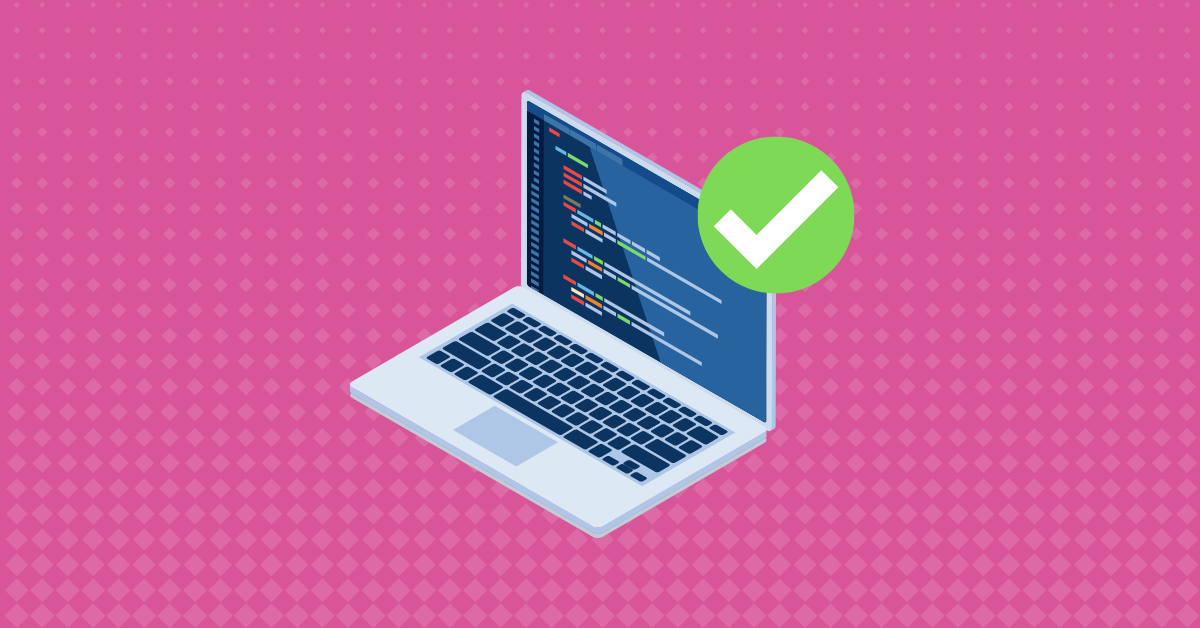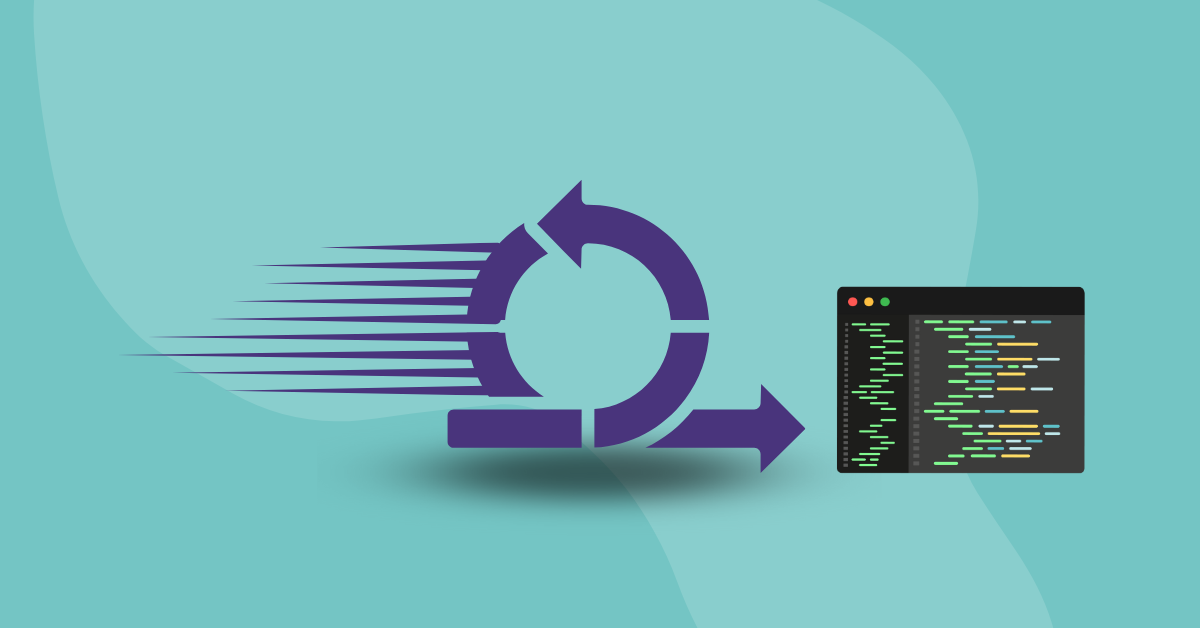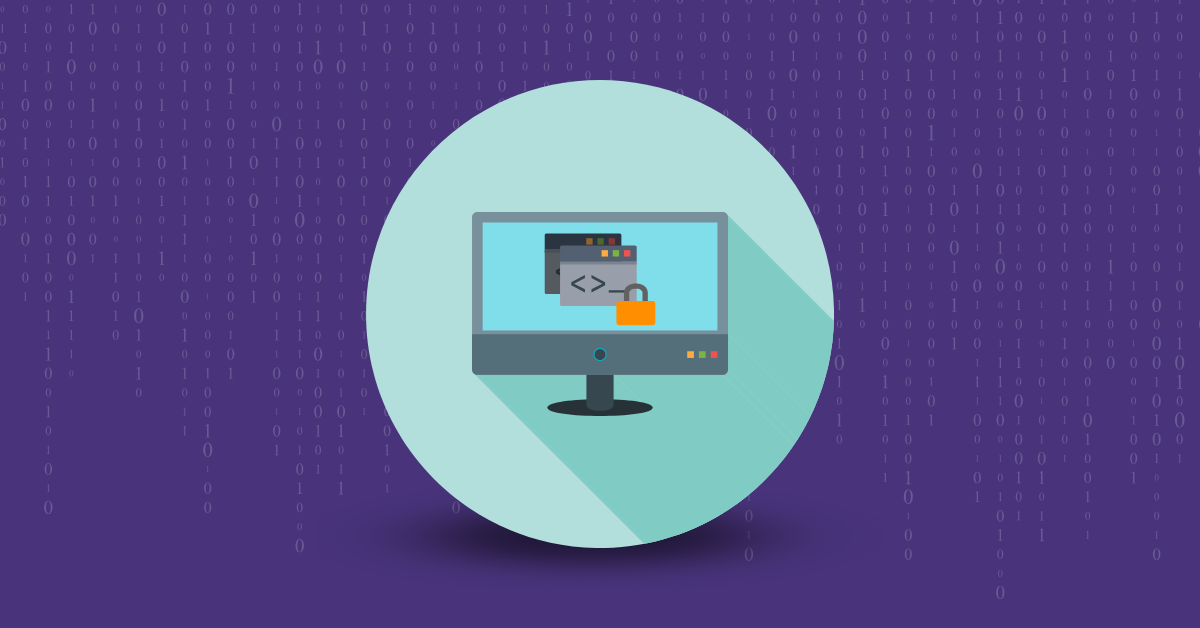

Software development is often a game of speed. Unrealistic deadlines were one of the top work challenges developers cited in a recent Statista survey. With the tech industry moving a mile a minute, the pressure to perform can lead developers to cut corners and take on technical debt just to get products to launch on time.
But when that technical debt puts security at risk, the interest on that debt can be too much to pay. The average cost of a data breach is nearly $4.5 million. If that breach occurs because of flawed software, developers could be held responsible and face litigation. Even if they don’t, the chances of receiving repeat business from a company that loses millions of dollars due to a security breach are slim. That’s why developers need to find a way to balance agile development with security.
Agile development is a project strategy focused on developing high-quality software with continuous minor improvements. Agile development methodologies value creating working products over developing in-depth documentation.
Many of the critical methodologies of agile development align with the “Minimum Viable Product” concept that Eric Ries outlined in his book The Lean Startup. The idea is to start with the most lean final product version, which you can test and assess. Then, based on consumer feedback, you can decide whether to expand on that product or start again from square one.
With agile software development, starting over from scratch is rarely on the table. However, this same concept of lean software development allows companies to launch new software on tight deadlines to improve software down the road. Critical characteristics of agile development include:
Many video games are developed from an agile development perspective. If you consider something like the Sims 4 franchise, you can see how agile development progresses over time. When The Sims 4 base game launched, it only contained a fraction of the features available today. Developers from the EA team frequently poll players on which features they want and then develop expansion packs and game patches to try and meet these expectations. This strategy has made The Sims one of history’s most successful game franchises.
There are several benefits to developing software in this way. In addition to hastening time-to-market, agile development allows teams to adapt to changing expectations and needs while collaborating more effectively with key stakeholders, including customers. Agile development techniques also prevent premature optimization, which many development teams consider “the root of all evil.”
However, one challenge of agile development is that it often causes developers to take on technical debt. And when that technical debt relates to security, it can be a big problem.
Despite challenges in achieving speed and security simultaneously, these two goals do not have to be mutually exclusive. One key factor that separates good development teams from great development teams is the extent to which the team can merge these two competing priorities. With that in mind, here are four strategies to develop secure software while following agile development principles.
A shift-left approach moves testing and QAing to the beginning of the development process rather than saving it for the end. Shift-left testing allows development teams to integrate security testing into the agile workflow.
For example, Static Application Security Testing (SAST) allows you to check for security breaches in your code before the code goes live. Integrating SAST into agile workflows enables development teams to improve the quality of their software from the beginning while reducing vulnerabilities.
Educating agile teams on secure coding practices and threat awareness goes hand-in-hand with a shift-left approach. Instead of relying on a separate QA or backend development team to tackle security problems, this approach requires frontline developers to understand current cybersecurity trends and threats. This may mean investing in skill development for current team members or promoting cross-team collaboration during the development process.
AI and machine learning tools allow developers to scan for vulnerabilities automatically, allowing them to work on other aspects of code development simultaneously. Although it could be better at independent, creative tasks, AI is excellent at repetitive work. As a result, development teams can leverage it for several security processes, including:
This means that AI can be used not only for first-round security iterations but also to suggest security improvements for future software updates.
End-to-end security solutions help developers check and improve security throughout the software development lifecycle. Comprehensive toolsets like those from Kiuwan that improve SAST and SCA processes make improving software security as efficient and effective as possible.
Investing in security tools empowers DevOps teams to detect vulnerabilities and enforce coding guidelines in their development workflow. This ties into the concept of a shift-left approach while also providing value during future agile development stages.
One key aspect of agile software development is that your team works in batches, creating continuous improvements over time. Although you should launch your product with the most up-to-date security features possible, that doesn’t exempt you from focusing on security during updates as well.
Cybersecurity threats are continuously evolving. Part of integrating security within an agile development framework includes prioritizing security updates, patches, and backlogs during each round of software development.
Agile development is an important process for modern DevOps teams. It allows you to bring new products to the table as quickly and effectively as possible. This is critical for being competitive in the modern tech landscape. However, prioritizing agility over security is a recipe for disaster. Instead, DevOps teams should use a shift-left approach to prioritize security alongside agile development, making it a key component at every stage of the development process.
Beginning this process can be challenging, and it starts with educating your DevOps team on current security protocols and processes. Consider implementing an end-to-end security solution to kickstart this process as efficiently as possible. If you’re ready to take your cybersecurity to the next level, Kiuwan can help. Discover for yourself how Kiuwan’s code security solutions can improve your SAST and SCA processes with a free trial.


